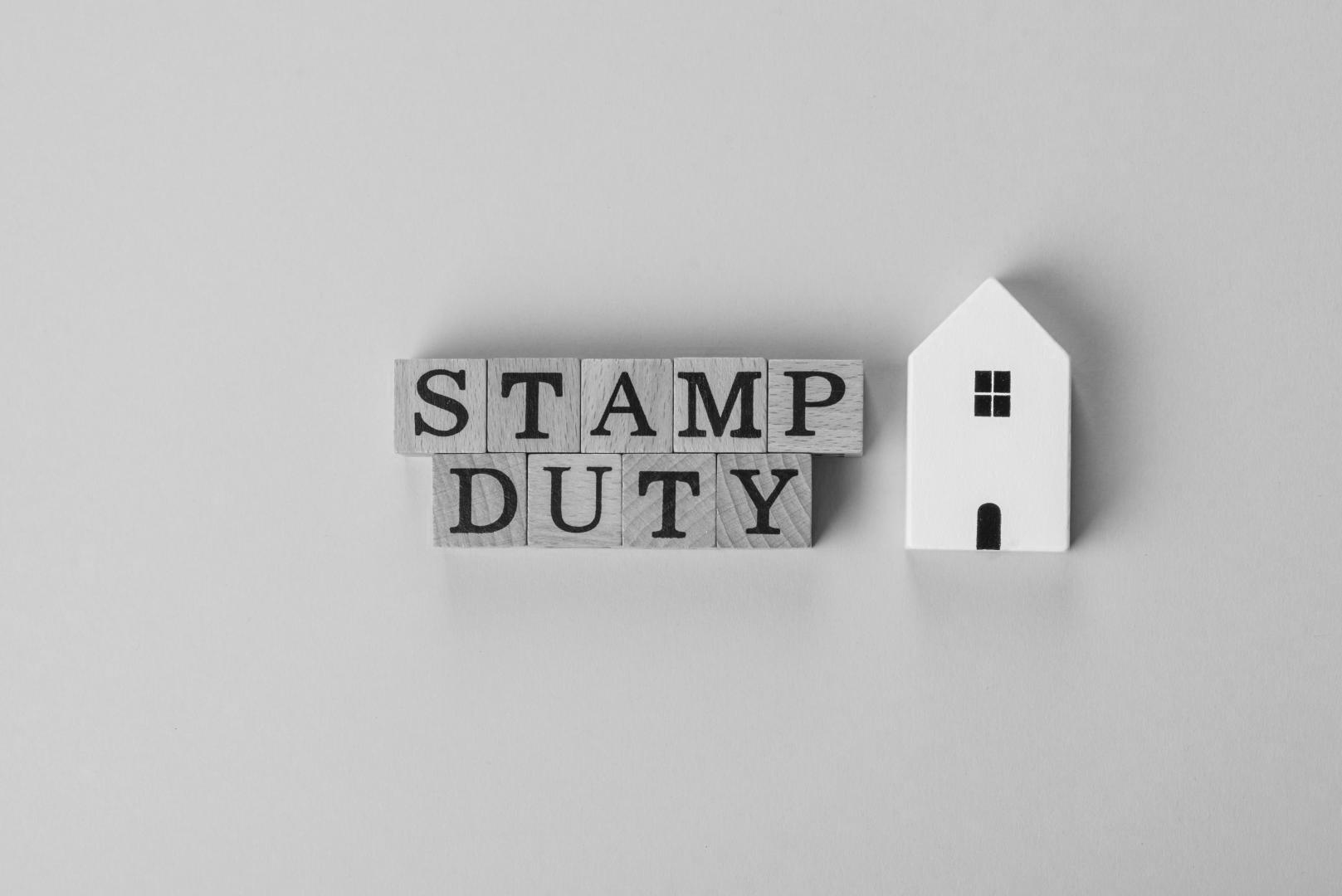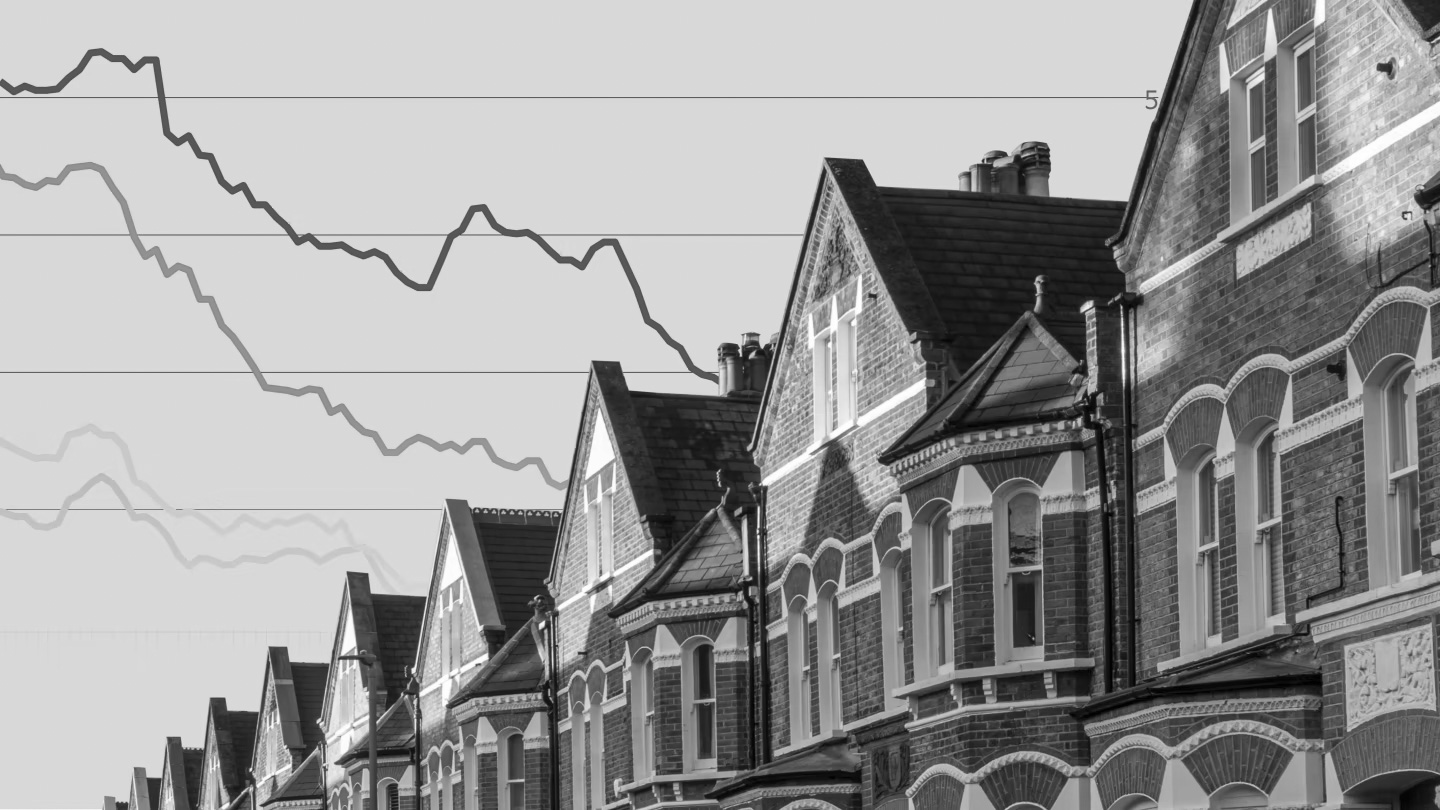Before you start scrolling through property listings, take a moment to define your objectives.
Think about what you’re aiming to achieve — steady rental income, long-term capital growth, or a broader investment portfolio. Also consider how hands-on you want to be. Do you want to manage tenants yourself or outsource to a professional team?
The type of property you choose matters too. A low-maintenance modern flat, a renovation project, or a new-build all require different levels of time and financial commitment.
If you’re planning to grow a portfolio, it may be worth setting up a Limited Company from the outset for tax efficiency. Just as important as your entry strategy is your exit strategy — selling a property takes time and involves costs, so plan ahead.
Having a clear vision from the start will help you stay focused and maximise your returns.
Once you have a goal, it’s time to get clear on the finances.
The purchase price is just the beginning. You’ll need to budget for mortgage arrangement fees, solicitor costs, Stamp Duty, ongoing maintenance, landlord insurance, and possibly service charges if you buy a leasehold property.
Jonathan Stephens, founder of SmartLandlord, advises that first-time investors should get a decision in principle through a mortgage broker early, but also fully understand the ongoing costs of ownership, not just the upfront expenses.
It’s equally important to seek advice from an accountant, particularly about whether a Limited Company structure is the right path for you. Getting professional guidance now will save you significant money — and headaches — later.
With your budget and financial plan in place, focus on choosing a property with strong rental potential.
Think carefully about the type of tenant you want to attract and whether the location suits their needs. Good transport links, local amenities, schools, and universities all add to a property’s appeal and help reduce vacancy periods.
Research future development plans too. Buying early in up-and-coming areas can lead to significant capital growth over time.
Jonathan Stephens stresses the importance of independently verifying property values and rental incomes by visiting local estate agents and studying market data. Thorough research will ensure your first investment stands the best chance of success.
Buying a rental property also means taking on the legal duties of a landlord.
You’ll need to ensure the property meets minimum Energy Performance standards, vet tenants properly, protect deposits correctly, and maintain the property to a legal standard. A professional management company can take a lot of the pressure off, especially for beginners.
Having a strong tenancy agreement, the right insurance, and staying informed about regulation changes will help protect your investment and minimise risk.
For regular free updates and advice, joining the Landlord Investment Show community can be a valuable resource.
Like any investment, Buy-to-Let comes with its share of risks.
Tenants might default on rent, maintenance costs can spiral, and rising interest rates or tax changes could affect your profits. Even void periods between tenancies can strain your cash flow.
The key is to plan ahead. Maintain a financial buffer, review your strategy regularly, and be prepared to adapt as the market evolves. Over time, diversification across different properties and locations can also help balance risk.
Buy-to-Let can be a rewarding way to build long-term wealth — but success comes from careful planning, realistic budgeting, smart property selection, and a clear understanding of your responsibilities.
By doing your research and seeking expert advice early on, you’ll be in a strong position to start your investment journey with confidence and build a stable future through property.








